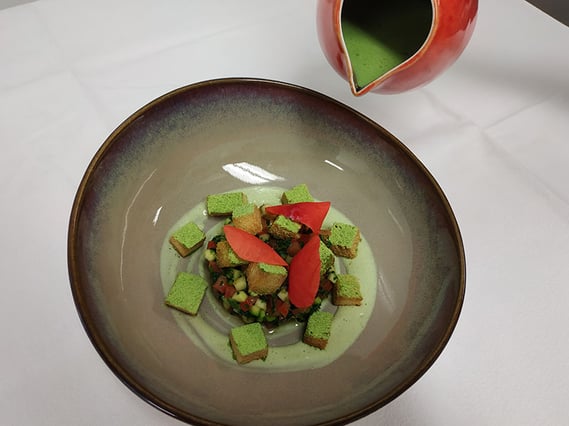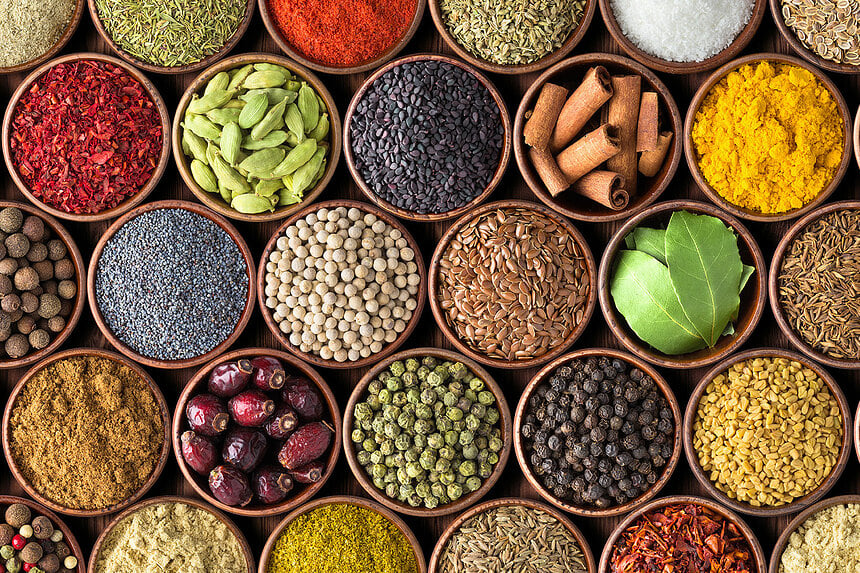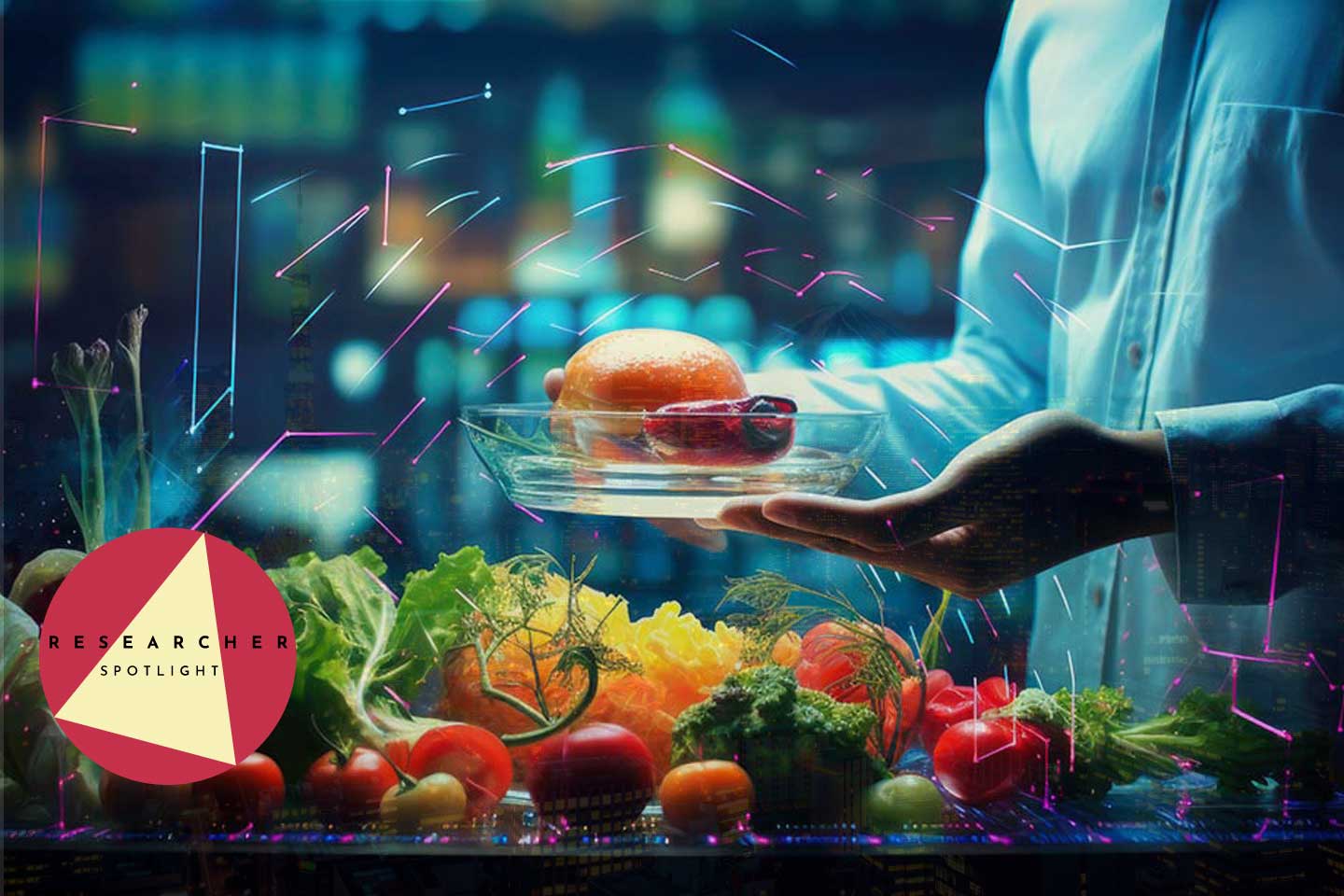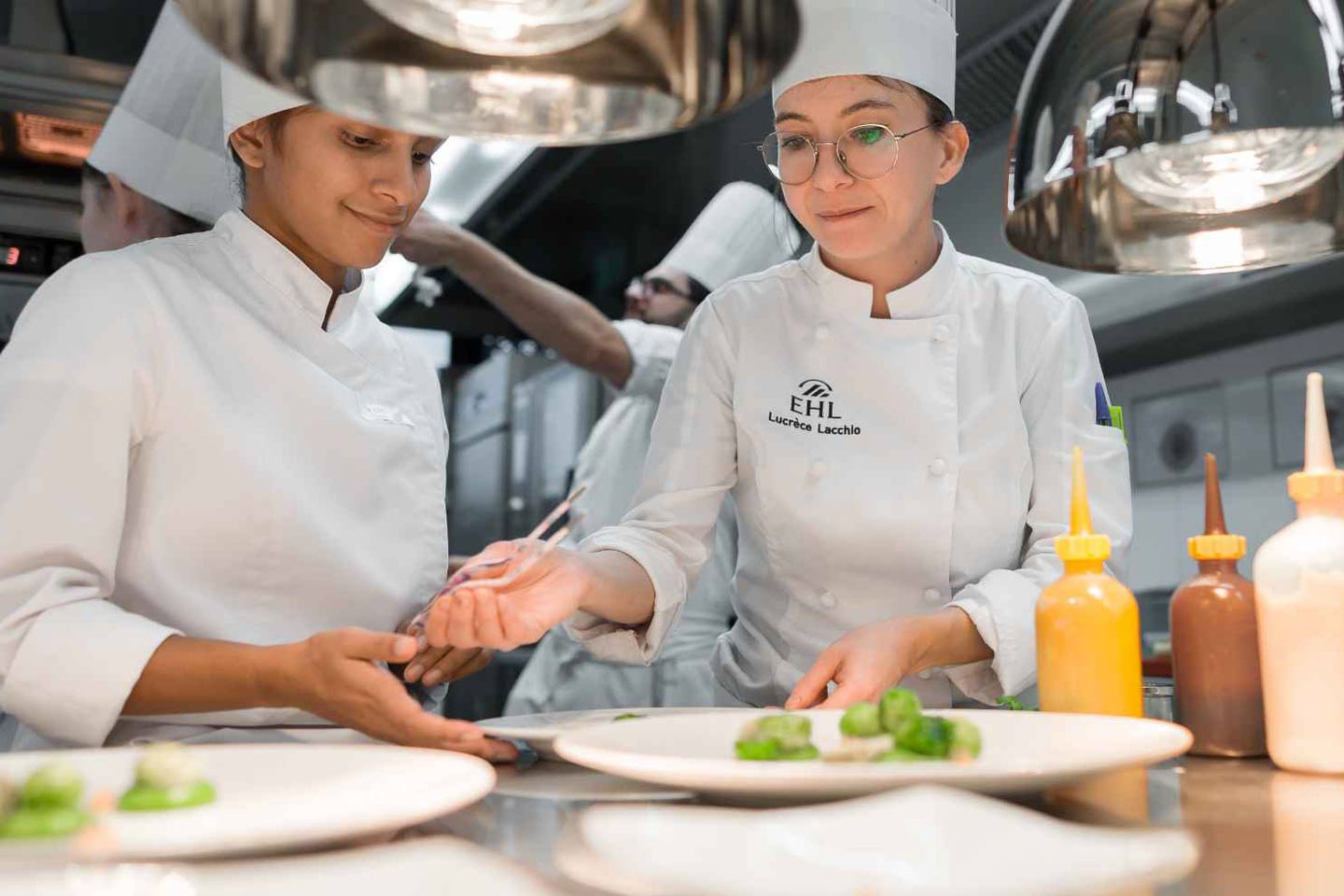How much does the impact of your diet weigh on your carbon footprint? How can you eat more sustainably? How to make an informed choice at the supermarket? All of these questions seem overwhelming at the start but can easily be addressed with a bit of research and new habits. In the following text I’ve tried to give you my take on some of these questions of sustainability without any guarantee of completeness. It's a hot topic where many of us agree or disagree, however, there are three inescapable things we should all agree on when it comes down to a more sustainable way of living: reduce, reuse, recycle.
Put seasonal and regional before the recipe
It’s always sunny in southern California, but we live in Switzerland...
Remember that awesome dish you had at a dinner party 3 months ago? I completely understand that you want to replicate it and show your guests your cooking prowess. However, if you had the dish in June and now it’s September, you might want to adjust the recipe and consider different ingredients. Each season has its specific array of produce, so start by putting this concept first. Don’t just take a recipe and go shopping without having consulted a seasonal calendar to find out what’s freshly available. Everybody knows that there are no strawberries in January and that you can’t get asparagus in September; these are just some of the many products that you can buy more or less all year around that nature did not intend to be always in season. This entitled demand for out of season produce is not helping the growing carbon footprint.
Shopping at the local market will provide you with mostly regional products that are in season but if you don’t have time or it is just more convenient to go to a supermarket, then take some time to study the “where from” label. If you want to reduce your carbon footprint, start off any culinary idea with checking your regional fruit and vegetable calendar first. Finding basics that can be easily stored all year around is no problem but maybe you didn’t want to buy the apples that are stored in a cold warehouse for months that consumes a lot of energy. Just check before shopping the products that are available right now. Get your recipes in the right seasonal order (winter, spring, summer, fall). Don’t start with a fancy recipe that looks and sounds good, start with the fancy, fresh and local products that nature intended you to get hold of!
Choose your devil
"The dose makes the poison" - Paracelsus. Let’s add some content and context to this important quote. Every type of diet has an impact on the planet in some shape and form, however, you can choose how big it is. The average European consumes about 65kg of meat per year which equals 1.25kg a week. The production of meat, especially beef and lamb, leads to the most greenhouse gases and has a drastic impact on deforestation and water use. On the other hand, the production of soybeans (used mostly as cattle feed) and palm oil (now found in most processed foods) are the second and third reason for rain forest deforestation. Even the production of healthy foods such as nuts, quinoa and avocados has negative environmental impacts since they are often produced under questionable circumstances.
So are we all doomed to adapt photosynthesis to have a liveable planet in the future? No! All these facts I just mentioned are to demonstrate that there really is no diet that harms no-one or nothing. Like I said before, you can choose how big your impact is or the dose that makes the poison. If you are a meat lover maybe reduce your consumption: instead of eating 3-4 times a week a meat-based meal only do it once or twice. Be conscious about your consumption: was your sandwich this morning with ham? Do you need bacon in your salad? All these little things add up over the year. You can’t live without your avocado toast in the morning? Eat it once a week and it will taste better because you are looking forward to it, and also try out new things. Quinoa grows in Europe too. It might be a bit more expensive but definitely has a better impact on the planet.
All this can be quite overwhelming so you don’t have to do everything at once but maybe start by looking up the impact of some of your foods with a carbon footprint calculator. You would be surprised by the outcome. 100g avocados from Peru or 100g organic chickens from Switzerland - which has the bigger impact? (Spoiler: the chicken!)
Don’t think that because you’re vegan you are totally exempt. Check the ingredients of your pre-made falafels or vegan alternatives to meat, a lot contain palm oil, so why not make your vegan alternatives yourself next time? Nobody can live up to all the advice and news but you can apply some thumb rules to your daily diet: eat fresh, local, in season, the least processed possible and a variety of products. You can even check your carbon impact on your mobile.
Support your local food seller
So far, we have touched the topic about when to buy certain foods and how often to consume them. But where to buy foods in general? The most convenient choice would of course be the supermarket around the corner, but is it the most sustainable choice? How bad is online shopping? What would are the suitable alternatives?
Let’s start at the beginning. Before you buy food, make sure you really need it. About a third of Swiss bought food is thrown out. Anybody can hugely reduce their carbon footprint by only buying food that they are really going to eat. When it comes down to the supermarkets there is quite a good choice in Switzerland. The two largest chains have their own programs to reduce the carbon footprint in their supply chain. The choice at the supermarket itself is yours to make regarding buying something local and in season. Do your research and make informed decisions.
As stated before, the fresh local market is best. Buying fruit and vegetables at markets lets you discover things that you wouldn’t normally find in an ordinary supermarket, with different varieties of produce that you might not even know existed. If you’re looking for an alternative to supermarkets for your dry storage foodstuffs, check out bulk stores. The products are not packaged and you can reduce plastic waste by bringing your own containers.
What about doing your groceries online? The studies on this topic aren’t that clear and it really depends on what you buy and how quickly you want to have it delivered to your doorstep. Filling up your dry storage with organic sustainable food you can’t find at your local supermarket might decrease your impact. Ordering deep frozen and fresh goods delivered as soon as possible might increase you impact. As ever, it is your choice!
Seasonal summer recipe
Cold pea soup with mint, yoghurt and a vegetable tartare (app. 4pax)
Ingredients

Soup:
- 300g pealed green peas (keep the pods)
- 600ml vegetable broth
- 10g mint leaves
- 60g plain yoghurt (use plant-based if you want to be 100% vegan)
- Salt and espelette pepper to taste
- 200g tomatoes
- 150g zucchini
- 150g cucumber
- 150g green bell pepper
- 30g chives
- Salt and pepper to taste
Garnish:
- 200g ciabatta or focaccia bread (or any leftover bread)
- Edible flowers
- 50g yoghurt (take plant based to go vegan)
- Salt and pepper
- pea pod powder (optional)
Instructions
- Cook the peas in the vegetable broth and add the mint leaves at the end. Blend everything with the yoghurt in a food processor, season to taste and set to chill.
- For the vegetable tartare: cut the zucchini, cucumber and bell pepper into small 5mm cubes. Cut the tomato in four, take out the interior & cut it in 5mm cubes as well.
- You can take the tomatoes and the cucumber seeds and blend them together with the pea soup to go zero waste or use later for something else.
- Mince the chives and mix with the vegetable cubes, season everything to taste and set everything to drain.
- Cut the bread in 2x2cm cubes and put them in the oven at a 180°C for 6-8 minutes. Pick some edible flowers in the garden or forest or elsewhere.
- Season the yoghurt to taste with salt and pepper.
- Rinse the pea pods and blanch them afterwards until they are soft. Set them to dry in the sun or in the oven at 80°C until they are completely dry and break apart. Blend them in a food processor to obtain a nice green powder
Plating
- Take some of the seasoned yoghurt and spread it on the bottom of the plate.
- Put the drained vegetables in a circle to obtain a round shape, otherwise just put it in the middle of the plate.
- Set the bread around and on top of the vegetables. Put the flowers on top and fill the soup in a carafe.
- If you have the pea pod powder you can mix the yoghurt with a bit of it to get a green yoghurt, use the rest to sprinkle on the bread before you put it on the plate to have a green coating like you see in the picture.
Bon appétit!
EHL's BEELONG initiative
For further info on seasonal and regional food habits, check out the new EHL start-up, Beelong, a company that measures the 'eco-score' of food products and purchases made by restaurants, food outlets, distributors and buyers. Beelong analyses each food product purchased by your kitchen, offering you a global view of your buying policy, concrete and adapted solutions, and communication elements to highlight your good practices. An approach allowing you to measure and reduce your environmental footprint whilst controlling your costs.






